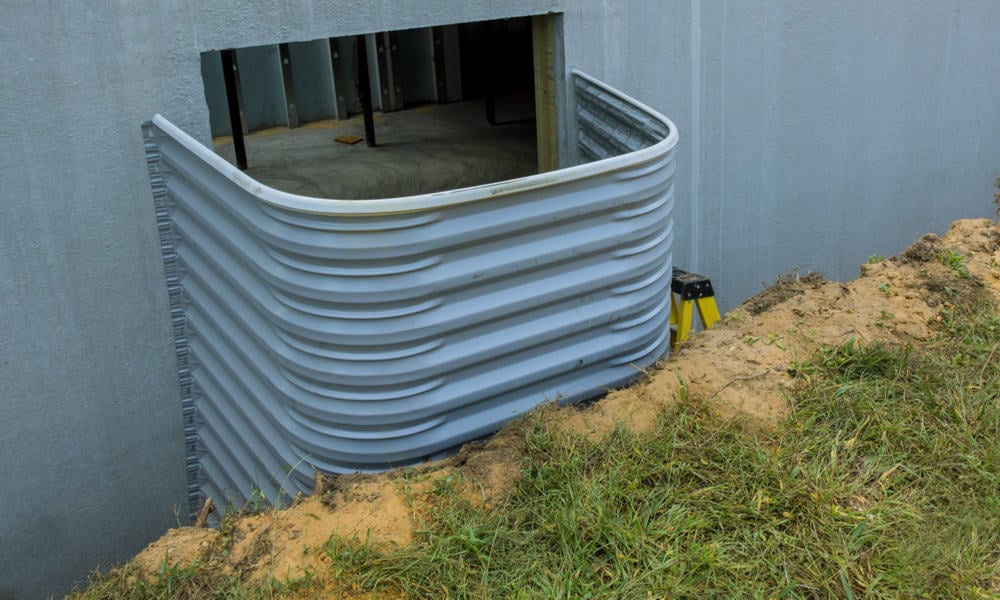Types of Piling Based on Installation Method and Functionality
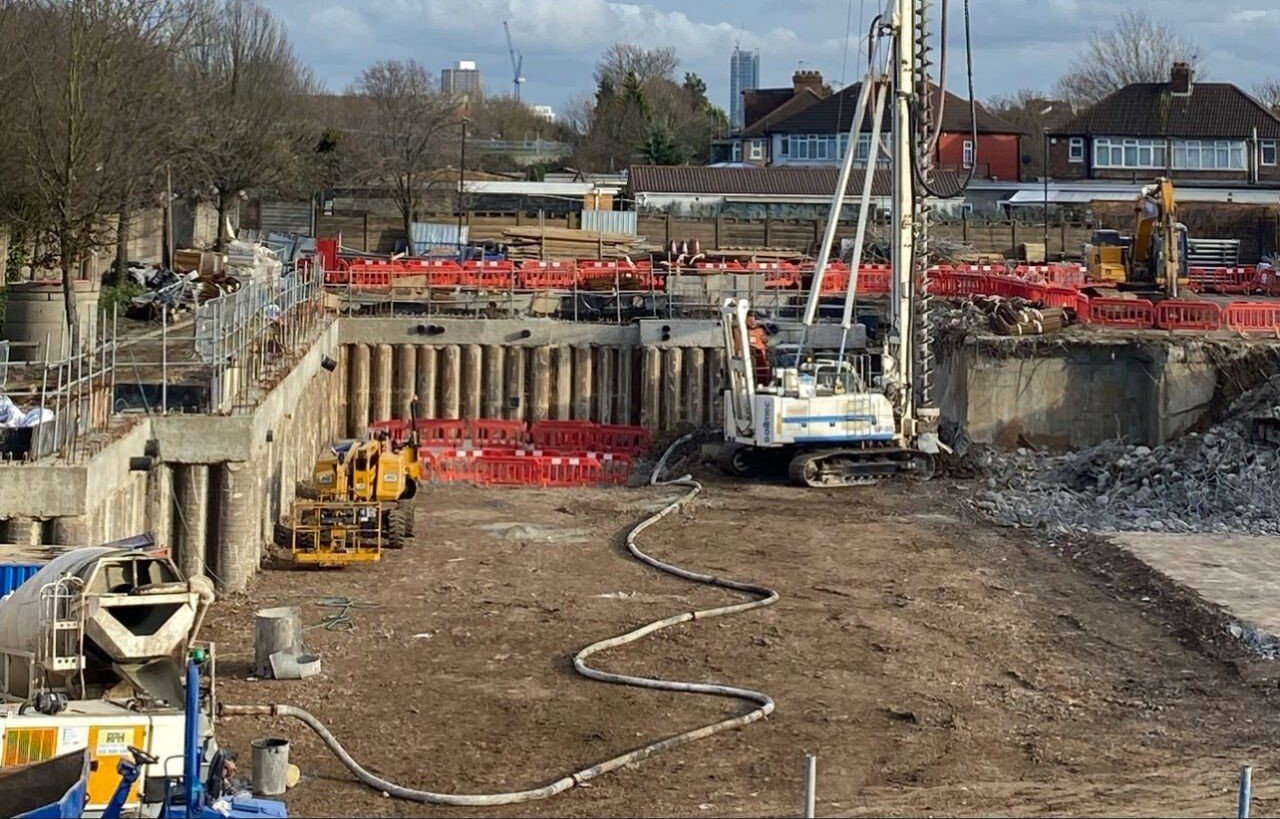
Table of Contents
History of Piling Foundations
The history of Alpha piling LTD foundations goes back to ancient times when they were used as a support for structures that were to be constructed on soft soils. Evidence of wooden piles has also been found in Switzerland, where they were built to hold buildings that are around 6000 years old and located in the ancient city.
In the Roman era, they were mostly used as support for bridges, aqueducts, and other architectural wonders. They constructed the piles from either stone or timber. The Colosseum that was built during the first century AD was constructed using piling techniques.
In the Middle Ages, European utilised pile foundations for most of the construction of their buildings. In the search for vital support, they built several structures, such as cathedrals and castles. During that time, people utilised heavy hammers to push the piles into the ground and created strong foundations on top of them.
In the 19th century, raw materials such as concrete and steel made substantial advancements in pile foundations. Additionally, now the piles can pushed deeper using a steam-powered pile rigger.
During the 20th century, hydraulic pile drivers completely changed the mechanism of pushing piles underground with their advanced mechanism, due to which pile foundations saw a significant adoption. Today, pile foundations are used worldwide in various structures, such as skyscrapers, bridges, and other projects where a sturdy base is required on soft or unstable soil.
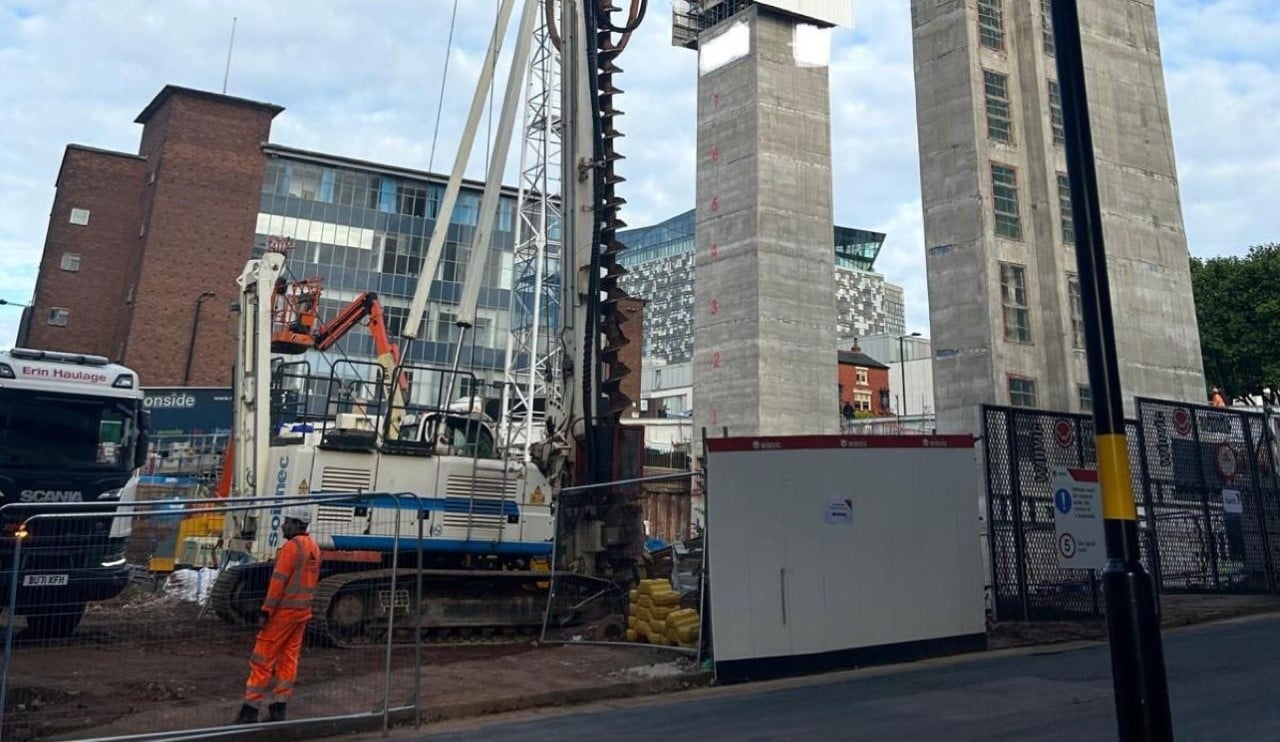
Types of Piling Based on Functionality
There are several types of piles available in the market to be used for piling in Kent, depending on a number of factors, such as materials, functionality and process of installation. Piles can be divided into several types based on their working mechanism.
End-Bearing Piles:
They use rock layers present at the bottom of the pile as their load-bearing capacity. The end-bearing layer of the pile acts as the supporter for the structure’s load, which is transferred to it through the pile.
Friction Piles:
Friction Piles or cohesion piles, as the name suggests, use frictional resistance between the pile and surrounding soil to bear the load. Friction piles use their surrounding soil as support and transfer the load utilising the adhesion.
Compaction Piles:
Compaction piles are also known as sand or gravel piles. They are constructed by compressing sand, gravel or any other granular material into the ground. They are known to improve the load-bearing capacity of soil by strengthening the surrounding soil mass.
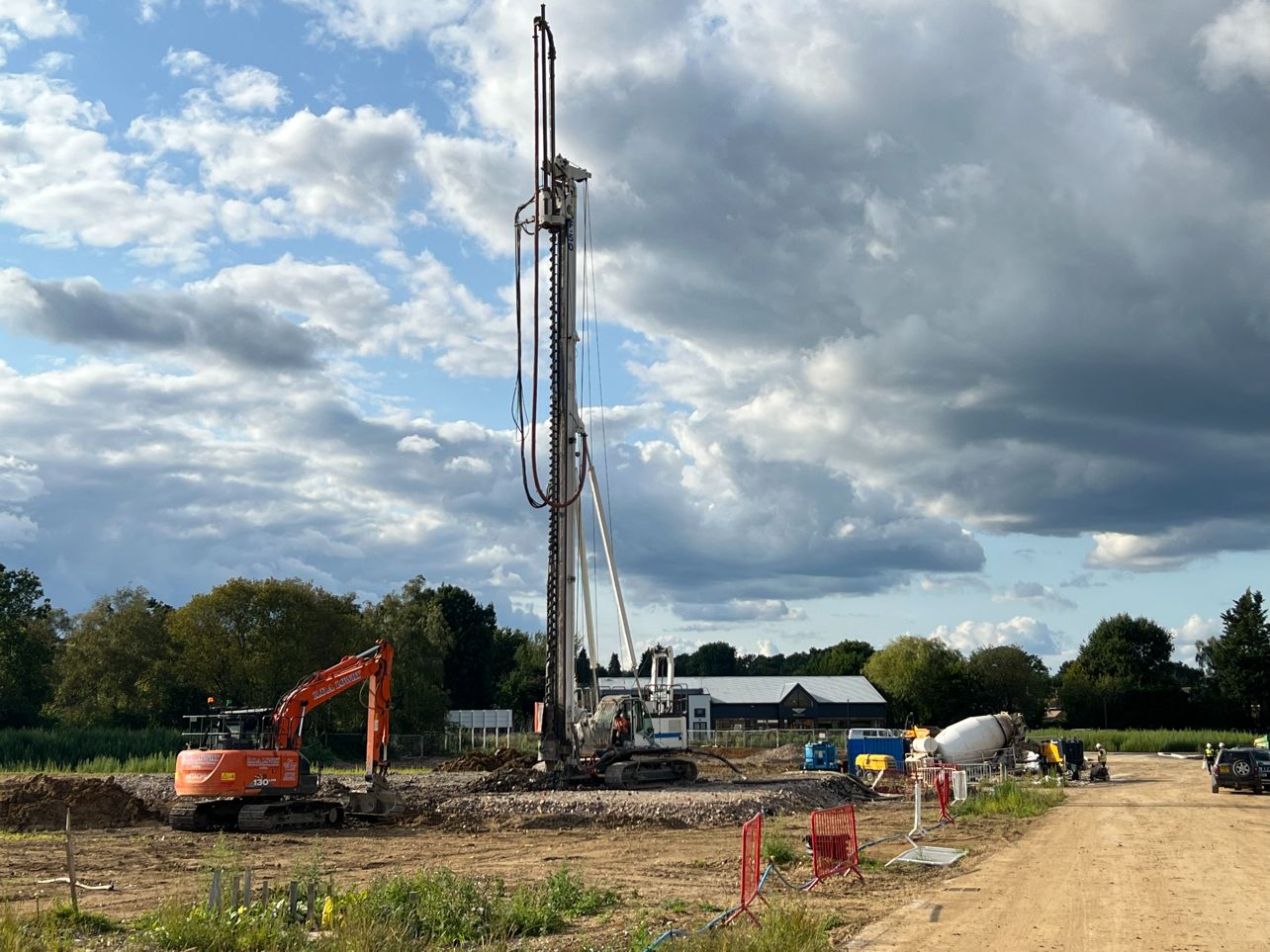
Tension Piles:
Tension piles, or anchor piles, are designed to fight uplift forces. They are primarily used in tall structures where the probability of upward forces is high, such as transmission towers, jetties, and chimneys.
Displacement Piles:
Displacement piles are drilled into the ground using advanced drilling tools, laterally displacing the soil. These piles compact the surrounding soil, and their load-bearing capacity depends on the resulting densification.
Sheet Piles:
As the name suggests, sheet piles are thin, interlocking steel, concrete or timber sections drilled into the soil to retain loose soil or water. These piles are commonly used in marine and waterfront structures, protecting river banks from erosion and deep excavations.
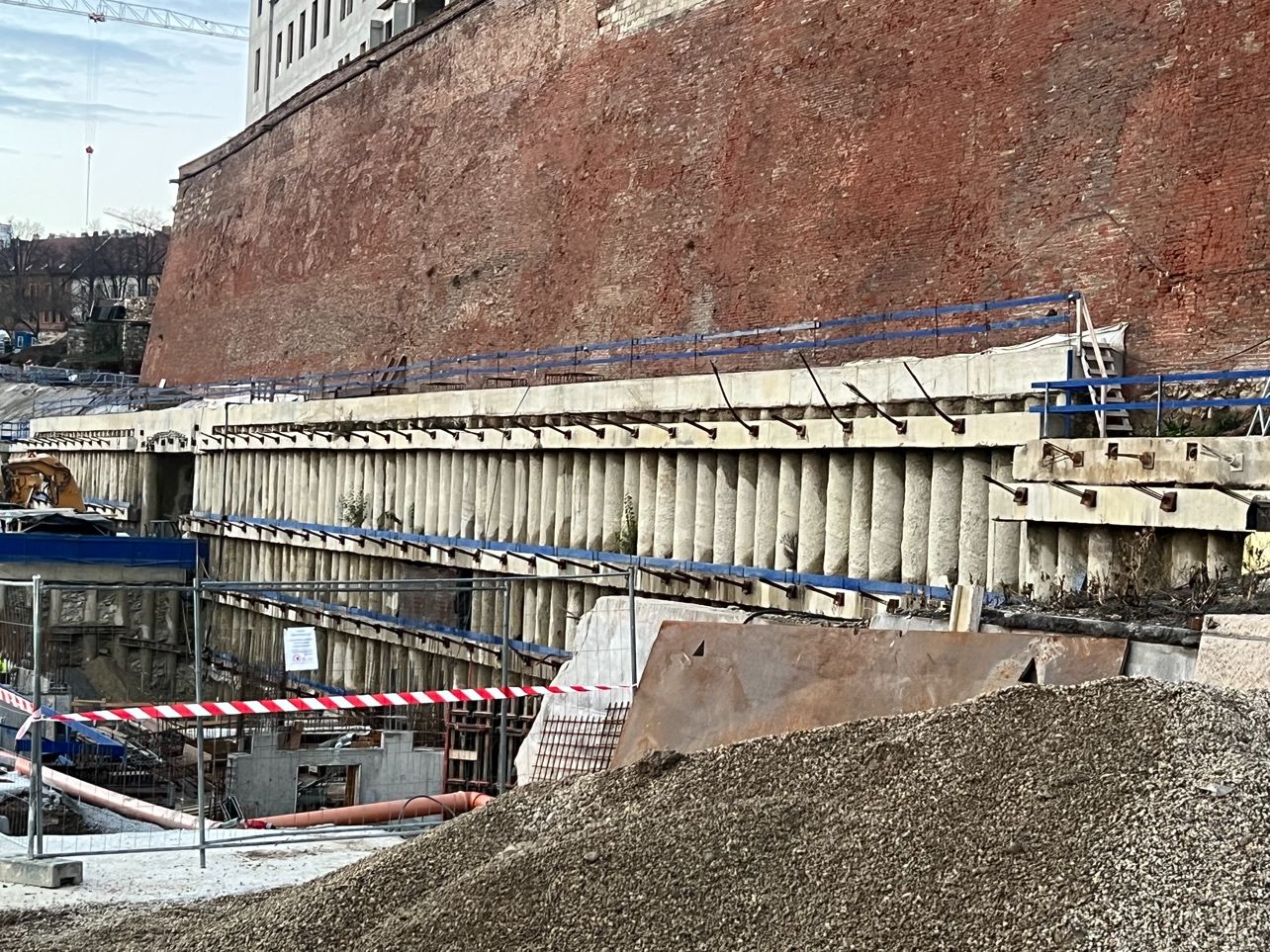
Piling Types Based on Installation Methods
Driven Piles:
Driven piles use advanced machinery to drill them into the ground. The pile is forcefully driven into the ground until it touches the required depth or an appropriate resistance. Steel, concrete, or timber piles mostly utilise this technique during their construction.
Bored Piles:
Bored piles or drilled shafts, as the name suggests, involve the drilling of a shaft on the required location, which is then filled with concrete or grout. They are constructed using advanced drilling equipment, and the required reinforcement is added during or after drilling.
Jacked Piles:
Jacked piles are constructed using hydraulic jacks, which are used to push the pile into the ground. This method is mainly used where there is minimal requirement for noise, vibrations, or ground settlement.
Screw Piles:
Screw piles, or helical piles, utilise the rotation method to install the pile into the ground, the same as a regular screw. The spiral shape of the pile facilitates strong support and the ability to anchor into the soil. Most experienced contractors suggest screw piles if you are facing soft or loose soil conditions.

